TikTok’s US Ban | What It Means for Creators and Marketers in the UK and Europe
A few weeks ago, I was mid-scroll on TikTok—ostensibly for research, but let’s be honest, I was deep in the rabbit hole of a British grandma reviewing supermarket mince pies. And then, a headline popped up: TikTok is officially banned in the U.S. Cue the collective gasp from creators and marketers everywhere.
For those of us in Europe and the UK, it’s easy to assume this is just another distant political saga. But when a platform with over a billion users sneezes, the rest of the digital world braces for a cold. What happens now? How does this shift affect creators, brands, and marketing strategies on our side of the pond? And most importantly, does this mean fewer cringeworthy dance trends?
Let’s break it down.
What’s Happening, in Plain English please?
Back in January, after months (years?) of legal wrangling, the U.S. government followed through on its threats to shut down TikTok unless it was sold to a U.S.-owned entity. Spoiler: that didn’t happen. The ban was enforced, meaning no more new downloads, updates, or access for American users.
For those of us outside the U.S., the app still works, but the ecosystem has undeniably changed. Here’s why:
A shifting audience – A huge chunk of TikTok’s engagement came from U.S. users. With them gone, global reach and engagement metrics are going to look different.
Less U.S. creator content – Ever noticed how TikTok’s algorithm feeds you videos from all over the world? With U.S. creators out of the mix, there’s going to be more space for UK and European content to shine.
Brands are rethinking strategies – U.S. brands that relied heavily on TikTok now have to redirect their efforts to other platforms, which could impact partnerships and ad spend.
For marketers and creators, this isn’t just a headline—it’s a full-scale shake-up.
What This Means for UK and European Creators
If you’re a creator who’s spent hours perfecting lip-syncs, sharing DIY hacks, or, in my case, making questionable attempts at cooking videos (seriously, why does everyone else’s sourdough look perfect?), you might be wondering what this means for you.
First, the bad news:
If a chunk of your audience was U.S.-based, engagement will dip. That’s inevitable.
Fewer opportunities for U.S. brand deals. Many influencers relied on partnerships with American companies—those will need to be replaced with more local opportunities.
But here’s the good news:
There’s now a bigger content vacuum to fill. Less competition from U.S. creators means more visibility for UK and European talent.
Regional content will thrive. Expect to see even more localised trends, UK-specific challenges, and, hopefully, an end to people calling chips ‘fries’.
So if you’ve been struggling to break into TikTok’s algorithm, now’s a good time to go all in.
What Marketers Should Be Doing Right Now
A few years ago, I was working on a campaign where a single viral TikTok drove more conversions than an entire six-month Instagram strategy. The power of the platform is undeniable, but now, brands need to rethink their approach.
Here’s where to focus:
✅ Check your audience data – If a big chunk of your engagement came from the U.S., it’s time to reassess your content strategy and focus on UK and European reach.
✅ Diversify your platform presence – Instagram Reels, YouTube Shorts, and even LinkedIn (yes, really) are becoming stronger contenders for video marketing.
✅ Double down on regional influencers – The U.S. ban has left a gap in the market. UK and EU-based creators are about to see increased demand—so now’s the time to secure partnerships.
✅ Watch for regulatory shifts – This ban was largely driven by data privacy concerns. It’s not impossible that European lawmakers could start taking a closer look at TikTok next. Stay informed.
The Bigger Picture | Where Do We Go from Here?
This isn’t the first time a major social media shake-up has sent marketers scrambling. Remember when Facebook gutted organic reach? Or when Instagram decided to become a full-time TikTok clone? Platforms evolve, regulations shift, and every so often, we all have to rethink the way we work.
Right now, TikTok is still going strong in the UK and Europe. But this ban is a reminder that we can’t build entire strategies on borrowed ground. The smartest brands and creators will use this as a chance to innovate—expanding their reach, refining their messaging, and staying adaptable.
And if all else fails? There’s always the option of resurrecting MySpace.
Final Thoughts
The TikTok ban in the U.S. is a major moment, but it’s not the end of the world. Creators and brands who stay flexible, diversify their platforms, and embrace regional audiences will come out ahead.
In the meantime, I’ll be watching to see which European and UK creators fill the void left by their U.S. counterparts—hopefully with more baking fails, less corporate jargon, and without an unexpected resurgence of mannequin challenge videos.
If you’re rethinking your social strategy in light of all this, let’s chat. Or, if you just want to send me your best TikTok rabbit hole discoveries, I’m here for that too.

